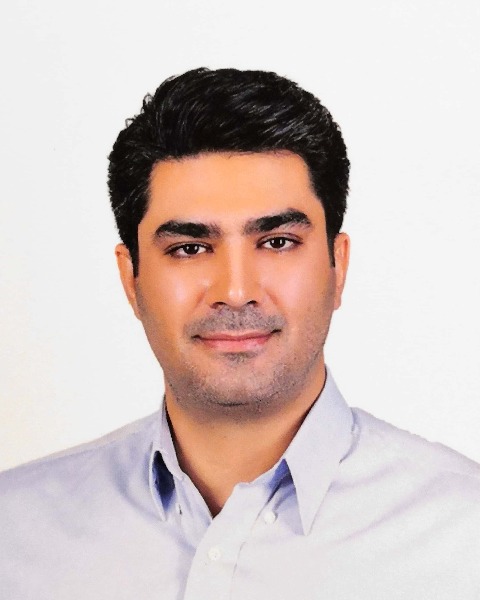Breast
P8: Reducing Tumor Recurrence and Adhesion Development with Deionized Water in Mouse Models

Ashkan Zandi, PhD
Research Faculty
School of Electrical and Computer Engineering, Georgia Institute of Technology, Atlanta, GA, 30332, USA, United States- FS
Fatemeh Shojaeian, MD, MPH
Postdoctoral Research Fellow
Johns Hopkins University School of Medicine, United States - FS
Fatemeh Shojaeian, MD, MPH
Postdoctoral Research Fellow
Johns Hopkins University School of Medicine, United States - CA
Cletus A. Arciero, M.D.
Professor, Division of Surgical Oncology, Department of Surgery
Emory University School of Medicine
Atlanta, Georgia, United States
Author(s)
Oral Poster Presenter(s)
Submitter(s)
Author(s)
Methods:
In the initial phase, 80 BALB/c mouse models were intramammary implanted with 4T1 cells (a triple-negative mouse breast cancer cell line) and followed until the tumors reached an approximate size of 10 mm³. Subsequently, the mouse models were randomly assigned to one of the following groups: 1) control group (intact tumor) 2) surgical resection without irrigation. 3) surgical resection with normal saline irrigation. 4) surgical resection with DI water irrigation. Mice were observed for three months to track recurrence and adhesion using ultrasonography every three days.
In the subsequent phase, a 100 mm3 tumor specimen was dissected from a mouse and rapidly frozen in liquid nitrogen. This frozen sample was subsequently sectioned into 100 slices using a microtome, each measuring 10 µm in thickness. The sections were divided and underwent intermittent washing using normal saline or deionized water. Following this preparation, the sections were implanted into separate groups of mouse models, with each group consisting of 50 mice. These mice were closely observed over a 4-week period to evaluate tumor formation.
Results: The application of DI water for post-resection irrigation resulted in reduced tumor recurrence among mouse models (5% versus 15% saline irrigation and 35% no irrigation groups, p< 0.05). Additionally, the DI water group demonstrated a notably lower incidence of fibrous adhesion, with 35% experiencing this complication (vs 75% saline irrigation and 95% no irrigation, p < 0.01). During the second phase of the study, no tumor formation was observed in the mice with implanted DI water-irrigated specimens, while the saline-irrigated specimens showed a 22% tumor formation rate.
Conclusions: The use of DI water for surgical site rinsing demonstrated a significant reduction in tumor recurrence and fibrous adhesion in mouse models. Further studies are required to determine if DI water holds promise as an effective adjunct in improving surgical outcomes and preventing post-operative complications.
Learning Objectives:
- Understand the potential benefits and drawbacks of using deionized water (DI water) in surgical procedures, particularly its impact on breast tumor recurrence and adhesion formation in mouse models.
- Assess tumor cell viability following various irrigation techniques (normal saline and DI water) in mouse models, considering potential applications in surgical practices to prevent the risk of cancer cell seeding
- Analyze the impact of different irrigation methods, including normal saline and DI water, on tumor recurrence, fibrous adhesion, and surgical outcomes in mouse models
